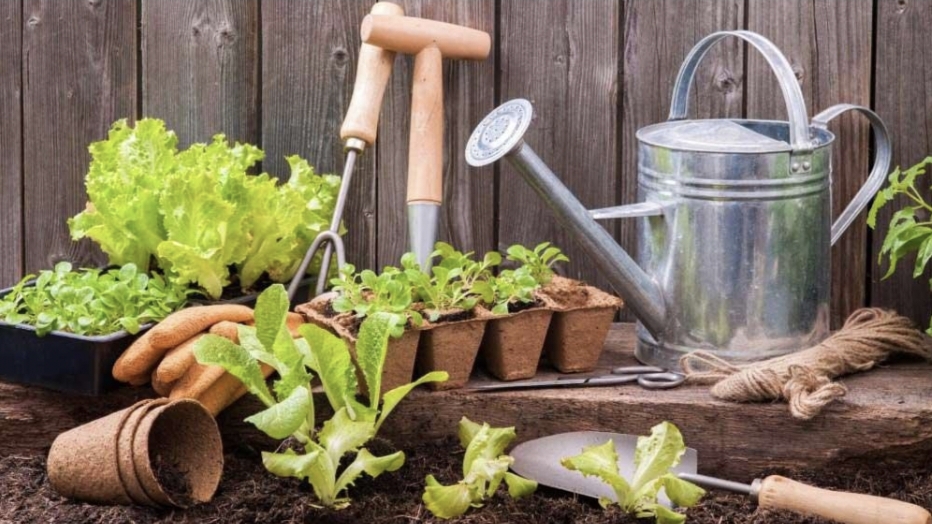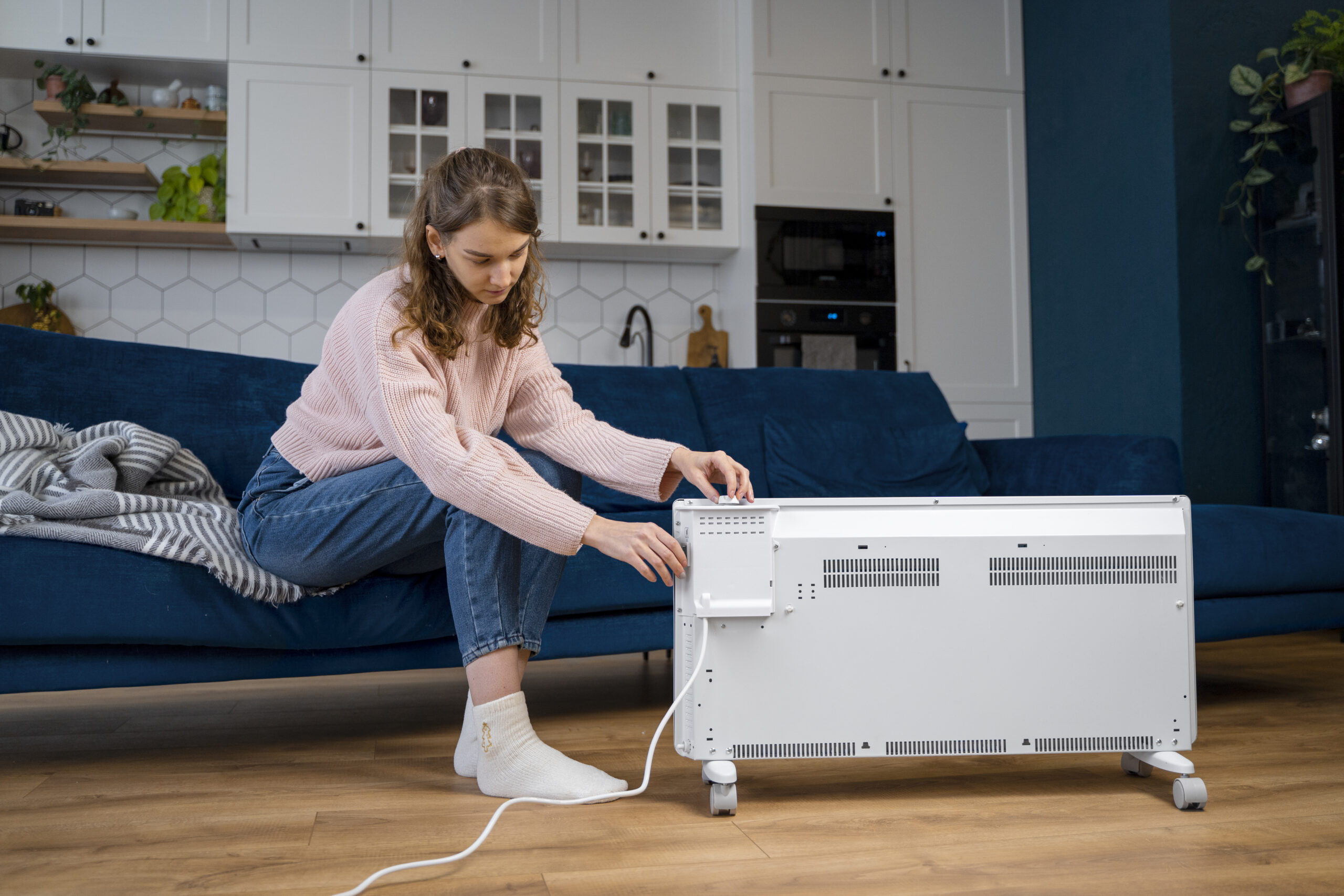One autumn, I pulled up the last of my carrots from a square metre of soil and realised I could trace my year in roots. They had been sown during early spring, thinned in May, pulled through the summer, and tucked into stews by October. Each carrot was small, slightly crooked, and utterly perfect. I hadn’t grown all my food that year — far from it — but I had learned something vital: self-sufficiency isn’t about producing everything. It’s about producing something, consistently, with care.
To grow a year’s supply of food is to form a long conversation with your patch of ground — be it a sprawling backyard or a modest terrace. It’s a dialogue between hunger and patience, between what you imagine and what the soil will allow. You can plan, draw charts, and build raised beds, but in the end, your success depends on the oldest act in the world: paying attention.

Step One: Start Small, Think in Seasons
The biggest myth in backyard self-sufficiency is that you need acres. You don’t. What you need is rhythm. A small garden, well-planned, can feed a household most of the year — especially if you shift your thinking from abundance now to abundance across time.
Start with a simple four-season plan. Divide your growing year into quarters:
- Spring for greens and quick crops (lettuce, spinach, radishes)
- Summer for fruiting plants (tomatoes, beans, courgettes)
- Autumn for roots and storage crops (carrots, beetroot, squash)
- Winter for resilience (kale, leeks, garlic)
By sowing with the next season in mind, you’ll never face a hungry gap — that bare patch in March when last year’s produce has dwindled and this year’s hasn’t yet begun.
Think of your space as a living pantry. When one crop finishes, another begins. A square metre that grows lettuce in spring can grow carrots in summer, then garlic in autumn. The trick isn’t land — it’s timing.
Step Two: Build the Soil, Not the Shed
Before you dream of self-sufficiency, learn the art of soil making. Fertile soil is slow wealth; it’s the savings account of every successful gardener.
Forget fancy compost tumblers and endless turning. Compost wants to rot. Help it along by layering greens (fresh scraps) and browns (dried leaves, cardboard) and letting nature do the rest. A good pile should smell sweet and earthy — not sour.
Here’s a simple daily ritual: instead of throwing out vegetable peelings, bury them directly in a spare bed or trench. Come spring, you’ll find worms have turned waste into food for your plants. This is what I call lazy composting — the most efficient kind.
Mulch generously. Cover the soil with leaves, grass cuttings, or straw. It keeps moisture in, weeds down, and life humming beneath. You don’t need to understand every microbe — only to trust they’re working harder than you ever could.
Step Three: Plant for Continuity, Not Perfection
The self-sufficient garden doesn’t strive for symmetry; it strives for continuity. You’re not a landscaper — you’re a caretaker of calories and color.
Choose plants that earn their keep. Potatoes, beans, and squash are your backbone crops — high yield, easy storage, calorie-dense. Around them, weave quick wins: spinach, rocket, and herbs. Perennial vegetables, like rhubarb or asparagus, repay patience with decades of harvest.
Here’s a guiding thought: grow food you actually eat. Ten heads of cabbage are useless if you only like coleslaw once a month. Make a list of your household’s favourite ten meals, then plant ingredients for those dishes. The surest route to consistency is appetite.
And then there are the quiet overachievers — those that give when nothing else does. Kale will see you through frost. Chard refuses to quit. Courgettes, given sun and space, will multiply faster than your appetite. Beans dry beautifully for winter soups. Tomatoes, when bottled, become sunlight for the darker months.
If you want a practical mantra for Backyard Gardening for Beginners, let it be this: grow what you love, and love what grows easily. Everything else is optional.
Step Four: Store the Surplus Like an Old Friend
Self-sufficiency doesn’t end at harvest; it continues in the kitchen. The art of storing is the art of slowing time.
A glut is a gift, if you know what to do with it. Learn three preservation methods — perhaps freezing, fermenting, and drying — and you can handle nearly anything your garden offers.
Tomatoes can be cooked down into passata, courgettes grated and frozen for soups, apples turned into sauce. Hang onions in a dry place, cure squash on the windowsill, and dig potatoes only when the skins are firm.
Fermenting, especially, turns surplus into treasure. Sauerkraut or kimchi will see you through the winter while keeping gut and spirit lively. Each jar is a small rebellion against waste — a way of saying, “I made this last longer.”
Step Five: Learn the Language of Rest
A garden that feeds you must also feed itself. Let one bed rest each year, covered in compost or green manure like clover or vetch. The soil, too, needs time to digest.
Rest isn’t failure. It’s wisdom. The natural world teaches us this with every falling leaf. A self-sufficient gardener must become fluent in pause. In doing nothing, we make space for everything.
Use the off-season to mend tools, plan rotations, and observe. Notice how frost outlines forgotten seed heads, how worms return after rain. This quiet attention is the true currency of self-reliance.
Step Six: Count Your Abundance Differently
People often ask, “How much space do I need to feed a family for a year?” The real question is: what kind of nourishment are you seeking?
A backyard of fifty square metres can easily provide a year’s worth of salads, herbs, and greens. Add a few raised beds or a small greenhouse, and you’ll have tomatoes, beans, potatoes, and squash enough to see you through most of the seasons. But the deeper harvest is harder to measure — the one that happens in your mind.
Self-sufficiency isn’t a number. It’s a relationship. The garden feeds you long before it fills your plate — through patience, observation, and a certain quiet pride when you open a jar in February that smells like July.
Tactile Tip
If you do nothing else this week, start a compost heap. Even a small one. A pile of old leaves and vegetable peelings in a corner. It’s the most democratic act of self-sufficiency there is — transforming waste into promise.
Then, choose one thing to sow each month. It could be as simple as salad leaves in January, peas in March, or kale in August. A packet of seeds costs less than a loaf of bread, yet holds meals for a season.
Encouragement
There’s no such thing as a fully self-sufficient garden — only a more connected one. Each year, you’ll learn what thrives and what sulks, what to sow earlier, and what not to bother with at all. Every so-called failure is compost for the next idea.
Remember: the goal isn’t perfection, but participation. When you pull your first beetroot or taste your own tomato, you’ll understand what every gardener eventually learns — the joy is not in being prepared for every season, but in being present for each one.
Reflection
What could you plant that would make your future self grateful? A row of garlic, perhaps, or a pot of mint by the back door. Maybe just a small patch of soil where the worms can dance and the rain can rest.
Because growing a year’s supply of food isn’t really about calories or control. It’s about trust — in the earth, in time, and in yourself.




